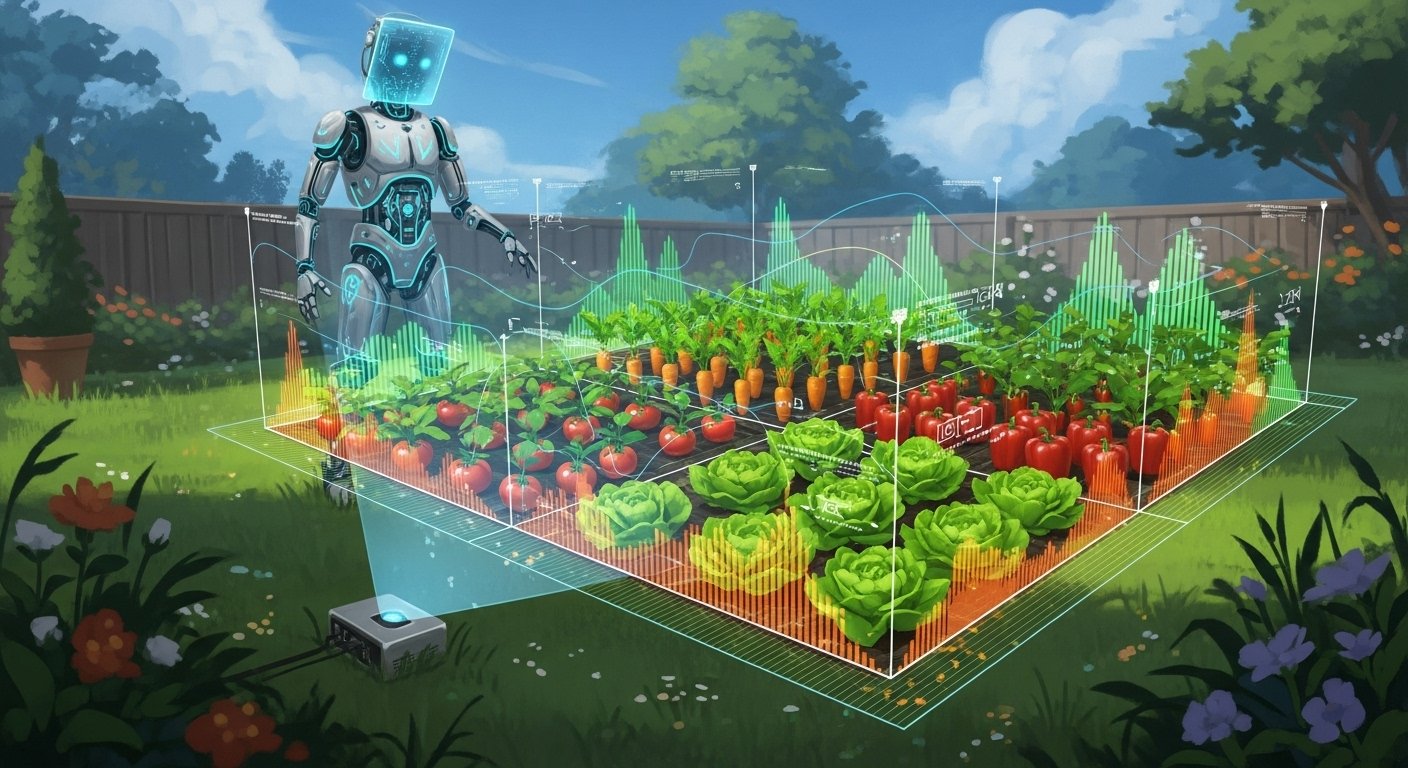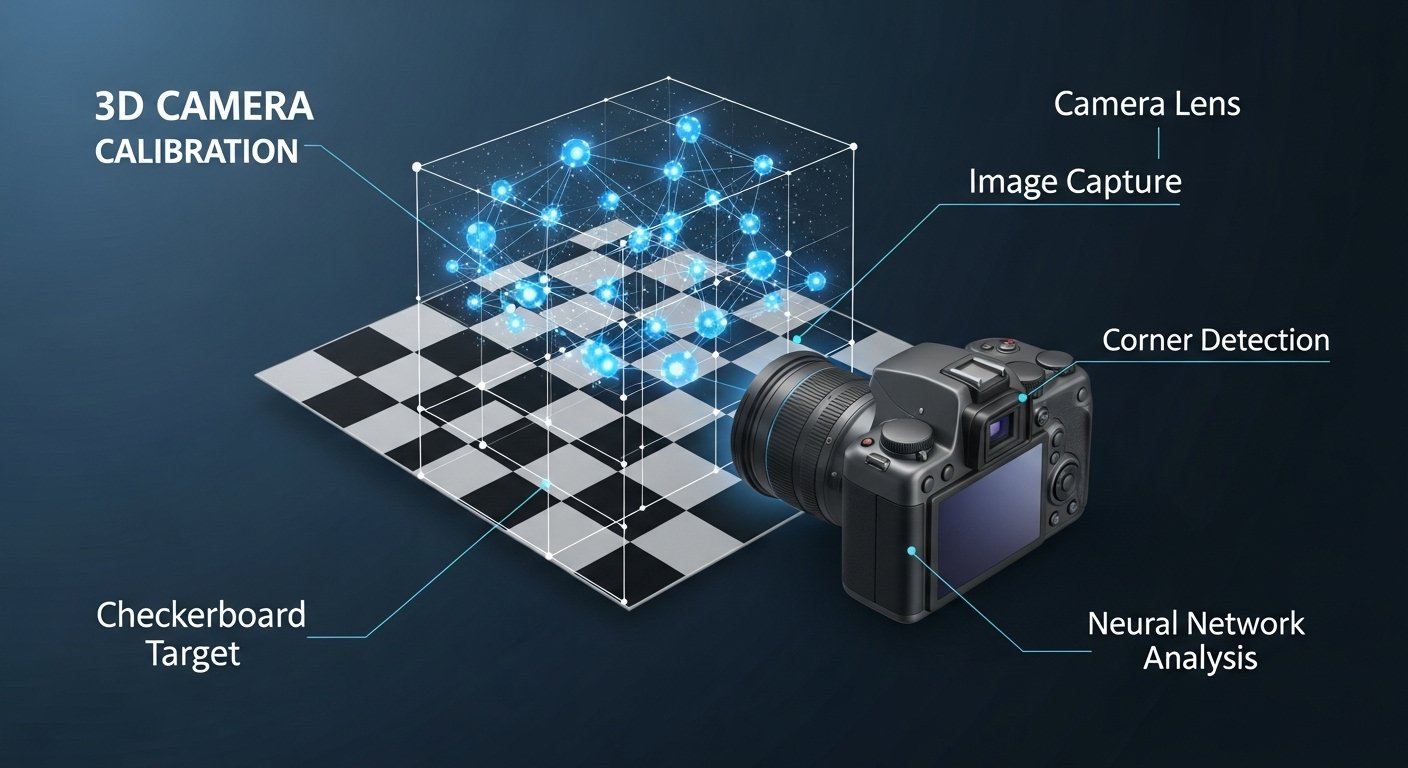When I first built my 8 × 4 raised bed, I struggled to fit in all my favorite vegetables without creating chaos. I wished for a “smart planner” that could optimize layout, spacing, sun exposure, and companion planting. Today, with AI tools and smarter garden techniques, designing an 8 × 4 vegetable garden layout AI–assisted is not just possible, it’s practical.
An 8 × 4 vegetable garden (typically 8 ft long, 4 ft wide) is a popular size for hobbyists and home growers. It’s wide enough to plant a variety of crops yet narrow enough to reach the center from either side. Using AI or algorithmic aids to plan that space can reduce guesswork, optimize productivity, and avoid costly mistakes.
In this article, you’ll get:
-
A clear explanation of what “8 × 4 vegetable garden layout AI” means
-
Principles and methods (square-foot gardening, companion planting, sun/shade, spacing)
-
A sample AI-inspired layout plan (with seasonal rotation)
-
Real-life examples, tips, and cautions
-
FAQs at the end
Let’s dig in.
What Is “8 × 4 Vegetable Garden Layout AI”?
Understanding the 8 × 4 Bed
The “8 × 4” refers to the footprint of the bed: eight feet long by four feet wide (≈ 2.4 m × 1.2 m). It’s often used as a raised bed but can also be in-ground. The width of 4 ft is deliberate: a gardener standing on one side can usually reach 2 ft into the bed, so the central row is accessible without stepping in. This minimizes soil compaction.
In such a bed, you have limited real estate — maybe 32 square feet if you divide into 1 ft × 1 ft squares. That means you must make smart choices about what to plant, how much, and where.
“AI” in Garden Layout
When we say “AI” here, we don’t necessarily mean a sentient robot designing your garden. Instead, it refers to algorithmic or computational aids (including machine learning or rule-based systems) that help with:
-
Suggesting optimal plant positions based on sunlight, spacing, companion planting constraints
-
Generating layout proposals or visuals
-
Predicting yields or shading interactions
-
Automating rotation or succession planning
Some garden design software and emerging AI tools already let you upload your space, enter your vegetable list, and get layout suggestions (for garden beds or landscaping). For example, Ogrovision offers AI garden-design assistance.
Other tools allow you to upload your yard photo and get proposals (e.g. Neighborbrite).
Thus, “8 × 4 vegetable garden layout AI” refers to combining the 8 × 4 bed format with AI or algorithmic planning to produce a layout optimized for your conditions.
Why Use AI-Assisted Layout?
Using AI or algorithmic support brings several advantages:
-
Reduced guesswork: You avoid shading, overcrowding, or incompatible pairings
-
Better yield: Optimizing spacing, orientation, and rotation can raise productivity
-
Time savings: You don’t need to sketch and resketch manually
-
Scenario testing: You can simulate multiple layouts before committing
-
Learning aid: You can see why certain placements are recommended, gaining gardening insight
Of course, AI is not perfect. It needs accurate inputs (sun direction, climate zone, vegetable dimensions). Always review and adjust based on local knowledge.
Key Principles for Any 8 × 4 Vegetable Garden Layout
Before jumping into a sample plan, there are core gardening principles you should respect. Any AI or human plan should abide by these.
1. Use the Square-Foot Gardening Method
One of the most popular planning systems is square-foot gardening (Mel Bartholomew’s method).
You divide your bed into 1 ft × 1 ft squares (32 squares in an 8 × 4 bed). Each square gets one crop or multiple small plants depending on size:
-
Large plants (tomato, pepper) → 1 per square
-
Medium → 4 per square
-
Small (radishes, carrots) → 9 or more
This grid-based system aligns well with algorithmic/AI layouts because it discretizes the bed into units.
2. Know Sun Direction & Height
-
Always place tall or vining crops on the north side (in the Northern Hemisphere) so that they don’t shade smaller plants.
-
If your garden is oriented east–west or north–south, check sun patterns across seasons.
-
Use vertical supports (trellises) to allow climbing plants to grow upwards rather than across your bed.
3. Companion Planting & Avoidance
Some plants grow well together (mutual benefits), while others hinder each other. For instance:
-
Good companions: tomato + basil, carrot + onion
-
Avoid pairing: large sprawling squash next to small delicate lettuce
-
Leave some buffer zones for spacing and airflow
4. Succession & Crop Rotation
Because 8 × 4 is limited space, reuse your space over time:
-
After early crops finish, plant fall or winter crops (lettuce, spinach, radish)
-
Rotate plant families yearly to prevent soil-borne diseases
5. Spacing & Airflow
Even with the square-foot method, thin overly dense patches to ensure good airflow. This helps prevent fungal disease (especially during humid or rainy seasons).
6. Soil Quality, Drainage, and Maintenance
-
Use a rich mix of compost, topsoil, and organic material
-
Ensure the raised bed (if used) has good drainage
-
Mulch to suppress weeds and moderate moisture
Sample AI-Inspired 8 × 4 Vegetable Garden Layout
Below is a sample layout you might get from an AI tool or software if you feed it your region, sunlight hours, and vegetable wish-list. This sample is suited to a climate with warm summers and cool winters (e.g. many parts of Pakistan).
Layout Diagram (Conceptual)
We’ll use a 4 × 8 grid (rows labeled A to D from north to south, columns 1 to 8 eastwards).
Here’s a mapping:
-
Row A (northmost): 3 tomato plants (each in a square) spaced out (cols 1, 3, 5), plus one pepper in col 8
-
Row B: Two cucumber plants in columns 1 & 2 (vertical trellis), basil in 3 & 4, mixed herbs in 5 & 6
-
Row C: Leafy greens (lettuce/spinach) in first 4 squares, garlic or scallion in col 5–6, eggplant in col 7
-
Row D (southern edge): Root crops (carrot, radish) in cols 1–4, onions in 5–6, marigolds in 7–8 (beneficial for pest control)
Notes on the Sample Layout
-
Tomatoes on the north side avoid shading other plants
-
Cucumbers use a vertical trellis to minimize ground footprint
-
Basil and herbs are near tomatoes (good companions)
-
Marigolds at edge help deter pests
-
After lettuce is harvested, that space can be reused (succession)
-
This layout is flexible: an AI tool might shift some placements based on your sunlight map
Seasonal Rotation & Succession
-
Spring: Start with radish, lettuce, spinach, onion, garlic
-
Summer: As the spring crops finish, plant tomato, pepper, cucumber, eggplant
-
Fall / Winter: Use the emptied squares to sow quick crops like spinach, mustard greens
An AI system could help forecast yield per square, suggest best crop schedules, and alert you to shading issues.
Real-Life Examples, Insights & Tips
Example from Reddit Gardeners
One gardener posted their planned 8 × 4 layout and got feedback:
“Bush beans kind of grow until they collectively fall to one side … Cucumbers either need ground space or a trellis and will shade anything behind it.”
This illustrates how crowding and shading are real concerns. Even AI suggestions may need manual tweaking grounded in experience.
Why 8 × 4 / 4 × 8 Beds Are Popular
Many demonstration gardens use 4 ft × 8 ft portable beds (equivalent) as basis templates.
They avoid having to walk through the bed, promote ease of access, and are easy to replicate or align side by side.
AI & Algorithmic Tools in Garden Design
-
Computer-aided garden design has evolved from traditional CAD to AI-augmented tools incorporating plant databases, sunlight simulation, and layout algorithms.
-
Some systems (e.g. Ogrovision) let you upload your space and receive design suggestions, including plant layout and care tips.
-
These tools may not always optimize for your local microclimate or pest patterns, so human oversight remains crucial.
Research Advances: Robotics & AI in Gardens
Cutting-edge research pushes automation further:
-
AlphaGarden: An autonomous system that can prune and irrigate in a polyculture garden.
-
Robots in the Garden & ELUA: Robots working in urban agriculture, interacting with sensor arrays to adaptively manage planting.
-
While these are still in research phases, they show how future gardens might self-manage with AI and automation.
Steps to Use AI or Algorithmic Tools for Your 8 × 4 Layout
Here’s a step-by-step method to combine AI assistance with practical gardening wisdom:
1. Gather input data
- Location / climate zone
- Sun path and hours of full sun
- Width of bed, orientation
- List of vegetables & spacing specs
2. Choose or input into an AI/plan tool
- Upload floor plan or photo
- Input vegetable list, spacing, height
- Ask for multiple layout proposals
3. Review suggested layouts
- Check shading interactions
- Ensure tall plants are on the north side
- Inspect companion planting choices
4. Make manual adjustments
- Shift a plant here or there if the AI missed a micro detail (soil difference, wind)
- Keep buffer for airflow
5. Implement & plant
- Lay out the grid physically (string or markers)
- Start with early crops (spring)
- Use succession planting
6. Track & refine
- Photograph your bed, measure growth
- Feed these observations into future seasons
- Over time, your layout “AI” becomes your own gardening memory
Tips & Cautions for Best Results
-
Don’t over-trust AI: local weather, pests, soil quirks need human judgment
-
Always thin crowded seedlings
-
Test small modifications rather than wholesale layout changes
-
Watch for shading especially midseason
-
Use organic compost, mulch, and maintain soil health
-
Rotate crops yearly (e.g. solanaceae → brassicas → roots)
-
Monitor pest pressure and intervene early
Conclusion
An 8 × 4 vegetable garden layout AI brings together structured gardening (square-foot method) and modern computational planning. You get a smart, optimized layout that respects sun, spacing, companion choices, and yields. But AI is a tool — your local knowledge, observation, and care complete the system.
By combining the grid-based method, seasonal rotation, and occasional AI assistance, you can turn a modest 8 × 4 space into a productive, beautiful vegetable garden. Use the sample layout above as a starting point, feed your data into a layout tool, adjust it with your experience, and watch your harvests grow.
FAQs
Q1: Do I need to pay for AI garden layout tools?
A: Many tools offer free tiers or trial periods. Some advanced features may require subscription. Always try free options first and see if the suggestions meet your local needs.
Q2: Will AI take into account local pests, soil, and microclimate?
A: Not fully. It typically uses generalized models. Use AI suggestions as baseline and adjust based on your local conditions (soil, wind, disease pressures).
Q3: Can I plant tall vines like squash or melon in an 8 × 4?
A: Yes—if you use a vertical trellis or plant them at one end (north side) so they don’t overshadow other plants.
Q4: How many plants of each type can I grow?
A: Using square-foot gardening:
-
Large (tomato, pepper): 1 per square
-
Medium (herbs, eggplant): 4 per square
-
Small (radish, carrot): 9 or more per square
Q5: What if my bed width is not exactly 4 ft?
A: The same methods apply. The key is subdividing into manageable units (e.g. 6 in, 1 ft). Just adjust reach and spacing accordingly.








Leave a Reply